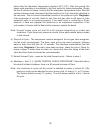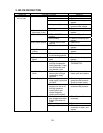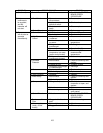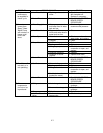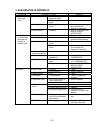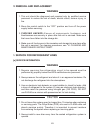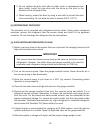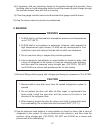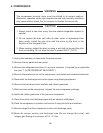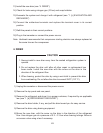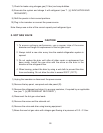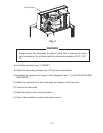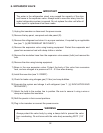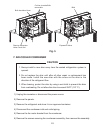
46
3. Do not replace the drier until after all other repair or replacement has
been made. Install the new drier with the arrow on the drier in the
direction of the refrigerant fl ow.
4. When brazing, protect the drier by using a wet cloth to prevent the drier
from overheating. Do not allow the drier to exceed 250°F (121°C).
[b] REFRIGERANT RECOVERY
The icemaker unit is provided with refrigerant access valves. Using proper refrigerant
practices, recover the refrigerant from the access valves and store it in an approved
container. Do not discharge the refrigerant into the atmosphere.
[c] EVACUATION AND RECHARGE (R-404A)
1) Attach a vacuum pump to the system. Be sure to connect the charging hoses to both
high and low-side access valves.
IMPORTANT
The vacuum level and vacuum pump may be the same as those for current
refrigerants. However, the rubber hose and gauge manifold to be used for
evacuation and refrigerant charge should be exclusively for POE oils.
2) Turn on the vacuum pump. Open the gauge manifold valves. Never allow the oil in
the vacuum pump to fl ow backwards.
3) Allow the vacuum pump to pull down to a 29.9” Hg vacuum. Evacuating period
depends on pump capacity.
4) Close the low-side valve and high-side valve on the gauge manifold.
5) Disconnect the gauge manifold hose from the vacuum pump and attach it to a
refrigerant service cylinder. Remember to loosen the connection and purge the air
from the hose. For air-cooled and water-cooled models, see the nameplate for the
required refrigerant charge. For remote air-cooled model, see the rating label inside
the icemaker. Hoshizaki recommends only virgin refrigerant or reclaimed refrigerant
which meets ARI Standard 700 (latest edition) be used.
6) A liquid charge is recommended for charging an R-404A system. Invert the service
cylinder and place it on scales. Open the high-side valve on the gauge manifold.
7) Allow the system to charge with liquid until the proper charge weight is met.



